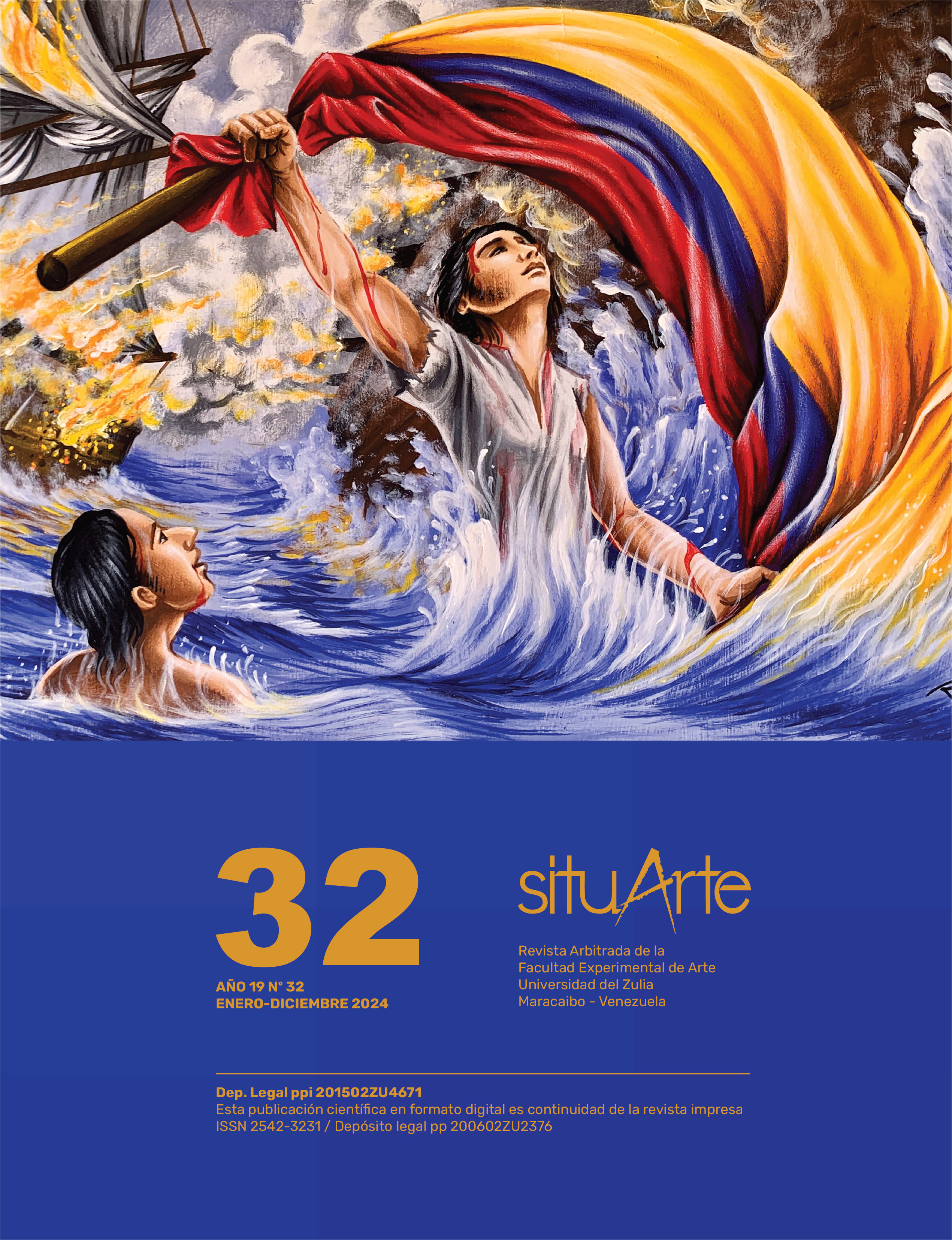Habitabilidad líquida: la flexibilidad como sentido de apropiación
Liquid Habitability: Flexibility as a Sense of Ownership
Abstract
Flexibility in architecture allows individuals to be what they want to be. Housing is a living manifesto of reflection and evolution of the sense of belonging. In countries with emerging economic conditions, such as Mexico, the lack of good policies in housing programs, the home's transformation is a strategy for improving life and manifestation of the identity of its inhabitants. How does the inhabitant manifest its appropriation in the experience of architectural interior space? How is architectural flexibility a form of appropriation in daily living in these environments? Through the analysis and reflection of the interior space in contexts with emerging economic conditions in Aguascalientes, Mexico, and under the concept of liquid habitability as an element of appropriation post-COVID-19 pandemic in the scale of immediate relationship, the work aims to establish criteria and considerations that promote improving the quality of life of the inhabitant.
Downloads
References
Alto Nivel (19 de diciembre de 2014). Grupo MIA: construyendo viviendas dignas. Alto nivel, disponible en https://www.altonivel.com.mx/47584-grupo-mia-construyendo-viviendas-dignas/
Arellano, M. (4 de agosto de 2019). Esrawe Studio presenta colección de mobiliario para el Laboratorio de Investigación y Experimentación Práctica de Vivienda INFONAVIT. ArchDaily.com, disponible en https://goo.su/Mfjo4R
Bauman, Z. (2003). Modernidad líquida. Fondo de Cultura Económica.
Benítez, C. (24 de mayo de 2023). La lista definitiva de estadísticas de trabajo remoto para 2024. Findstack, disponible en https://findstack.com.mx/resources/remote-work-statistics
Coppola Pignatelli, P. (1977). Análisis y diseño de los espacios que habitamos. Editorial Pax.
Esparza Díaz de León, M. E. (2021). Hacia una escala del interior. En AMIID. Interiores sociedad, educación, profesión. (pág. 17-26). Ediciones Navarra.
Esparza Díaz de León, M. E. (2023). De la macro a la microhabitabilidad del espacio doméstico interior en tiempos de pandemia. Introducción al caso de estudio en Aguascalientes capital. Academia XII Revista Semestral de Investigación de la Facultad de Arquitectura de la UNAM, 12(24), 104-116. https://doi.org/10.22201/fa.2007252Xp.2021.24.81589
Florida Tech (s.f.). How Smartphones are Contributing to the Loneliness Epidemic. Florida Institute of Technology, disponible en https://www.floridatechonline.com/blog/psychology/how-smartphones-are-contributing-to-the-loneliness-epidemic/
González Matadamas, M. del C. (2024). Vivienda Social en la Administración Pública. [Reporte profesional para título universitario, UNAM], disponible en https://ru.dgb.unam.mx/bitstream/20.500.14330/TES01000853689/3/0853689.pdf
Hvejsel, M. F. (2011). Interiority- a critical theory of domestic architecture. Institut for Arkitektur og Medieteknologi, disponible en https://vbn.aau.dk/ws/files/549438390/INTERIORITY_a_critical_theory_of_domestic_architecture.pdf
IMPLAN (2015). Programa de Desarrollo Urbano de la Ciudad de Aguascalientes 2040. Ciudad que Evoluciona. Instituto Municipal de Planeación y Evaluación de Aguascalientes, disponible en https://www.implanags.gob.mx/files/programas/PDUCA/PDUCA2040.pdf
INEGI (2020). Demografía y Sociedad: Características de los hogares. INEGI, disponible en https://www.inegi.org.mx/temas/hogares/
Kumar, V. (2013). 101 Design Methods: A Structured Approach for Driving Innovation in Your Organization. John Wiley and Sons.
López-León, R. (2020). Diseño líquido: los procesos creativos en tiempos de cambio. Dixit, (33), 74-88, disponible en https://doi.org/10.22235/d33.2379
Makstutis, G. (2018). Procesos del diseño en arquitectura. Promopress.
Manzini, E. (2017). Designing coalitions: Design for social forms in a fluid world. Strategic Design Research,10(2), 187-193. https://doi:10.4013/sdrj.2017.102.12
Martin, B. y Hanington, B. (2012). Universal Methods of Design. Rockport Publishers.
Navarrete, F. (13 de agosto de 2020). Aumenta 20% la demanda de coliving en la CDMX: Lamudi. El Financiero, disponible en https://www.elfinanciero.com.mx/empresas/aumenta-20-la-demanda-de-coliving-en-la-cdmx-lamudi/
Norberg-Schulz, C. (1999). Arquitectura Occidental. Gustavo Gili.
Parodi, A. (2011). Escalas alteradas La manipulación de la escala como detonante del proceso de diseño, Tomo II: Escalas personales. Publicaciones Universitarias, S.
Read, T. (s.f). Home Fitness Industry Statistics and Trends for 2024. Ptpioneer, disponible en https://www.ptpioneer.com/home-fitness-industry-statistics/
SEDATU (2017). Código de Edificación de Vivienda 2017. Secretaria de Desarrollo Agrario, Territorial y Urbano, disponible en https://www.gob.mx/cms/uploads/attachment/file/383811/C_digo_de_Eficaci_n_Vivienda_2017__SEDATU.pdf
Schimidt III, R. y Austin, S. (2016). Adaptable Architecture: Theory and practice. Routledge.
Weinthal, L. (2011). Toward a New Interior: An Anthology of Interior Design Theory. Princeton Architectural Pr.













